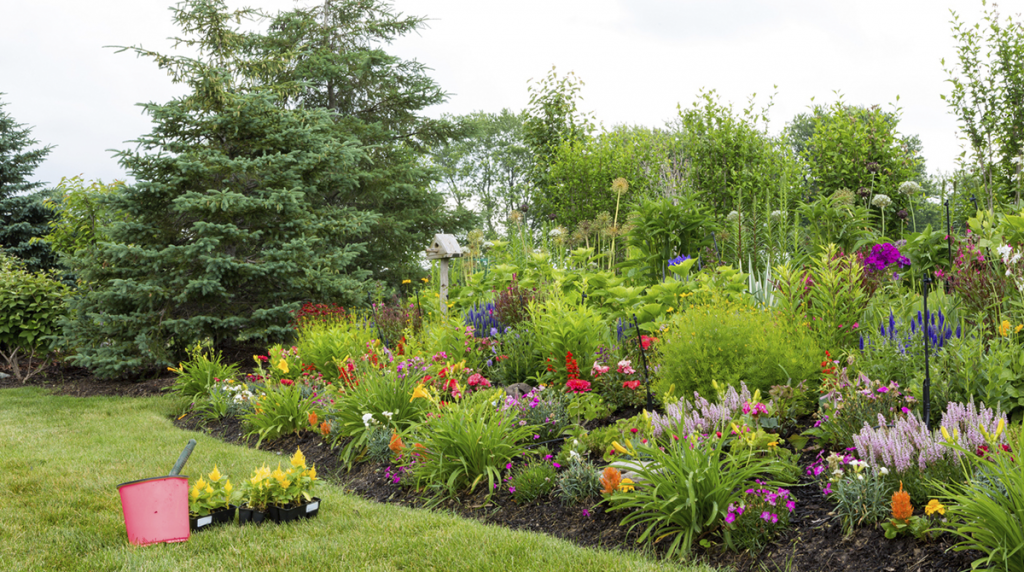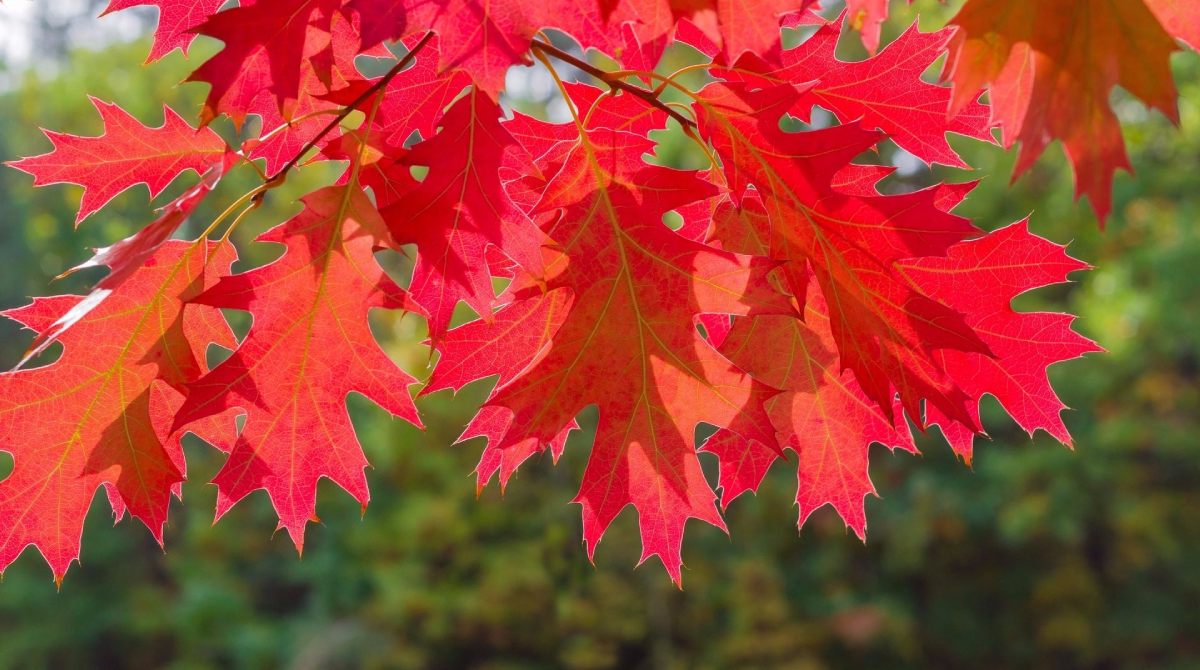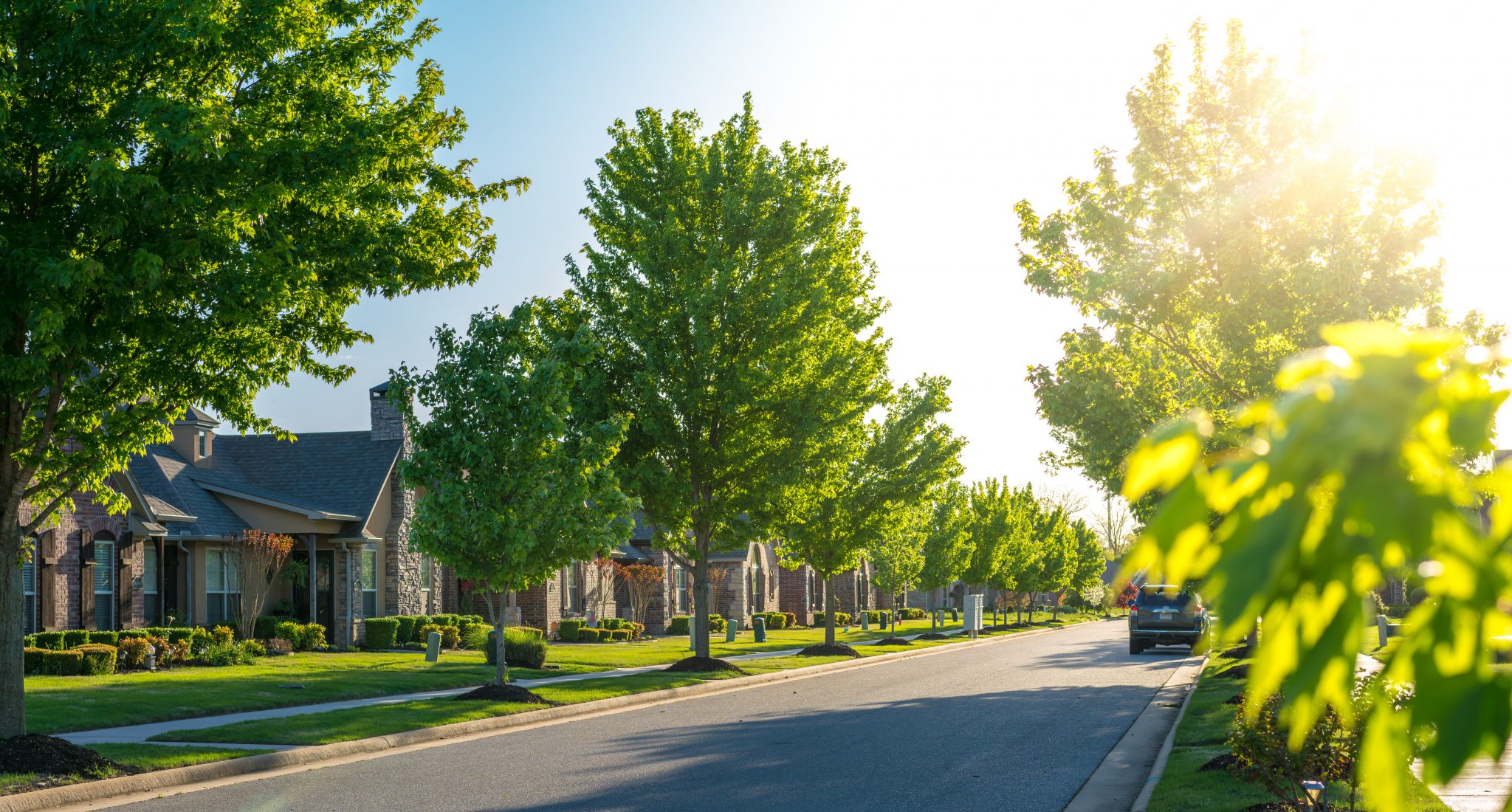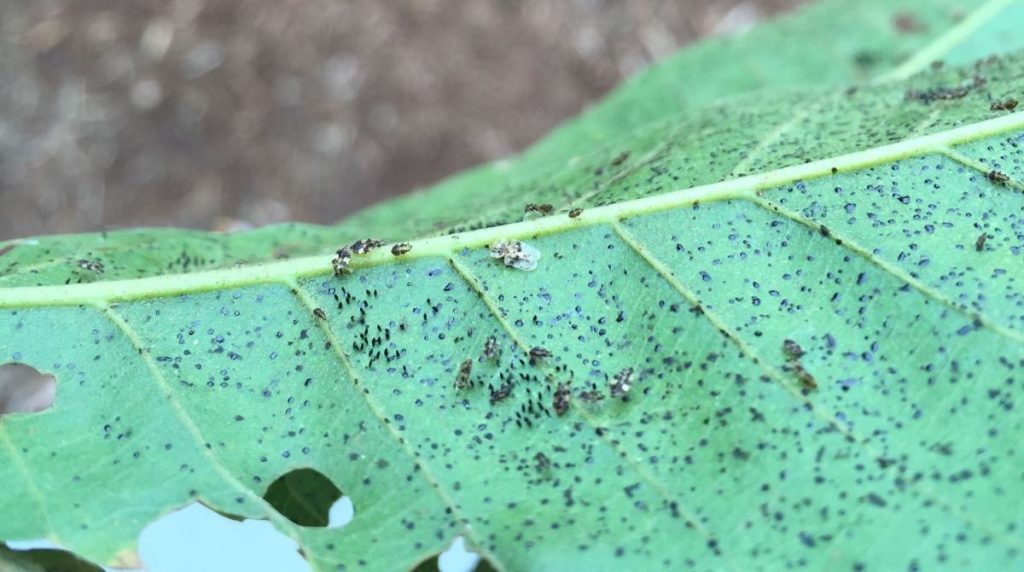
Date December 15, 2020
Category
Although it maintains a quiet, small-town feel, Flower Mound is proud to lead by example with its environmentally friendly initiative and boasts impressive, ongoing sustainability landscaping plans. Supporters of the initiative encourage the use of native trees and shrubs in Texas. Want to know why? Read on, and we will show you why native trees are the right move for your landscape.
Why Did Flower Mound Start Using Native Plants?
Native plants can better adapt to local conditions, making them an essential part of the environment. These plants have adapted to handle the extreme heat and sun. Additionally, they don’t require a lot of water. Most Texas plants only need about 15 to 25 inches of water annually, while exotic plants require more. By choosing local plants over exotic plants, we can reserve our drinking water rather than waste it on landscaping. In Flower Mound, in particular, local leaders are seeking to discover new ways to conserve water because most of their lakes are only 45 to 55 percent full at the beginning of summer.
In 2014, homeowners spent about 60% of the water bill on outdoor irrigation. Ouch! This made many embrace the idea of native trees and shrubs. Native plants also have health benefits because they do not need to be fertilized or sprayed with pesticides, which wash into rivers and lakes and are recycled into the water source. Therefore native plants mean a cleaner and healthier environment.
The use of native plants also has long-term benefits to animals, insects, and birds. Urban development has caused a significant decrease in wildlife over several years, but we need animals, birds, and insects because they are natural pollinators and overall good for the ecosystem. When we help them, they can better help us.
Common Flower Mound Trees
TreeNewal has the best Flower Mound tree care experts who are eager to guide you to the best trees to have on your property. Here are a few of our North Texas favorites:
- Post oak- One of the most common native trees in the area. Its size is medium to large, growing to as tall as 50 feet. The green leaves then turn brown during the fall, and they remain attached to the tree during winter.
- Blackjack oak- This tree can reach up to 30 feet tall. The leaves are dark in color and also shiny. The bark is usually dark brown. It also produces acorns that ripen during fall. It is mostly found on gravelly or dry, sandy soil throughout East and Central Texas.
- Pecan tree- This is a substantial deciduous tree that can grow over 100 feet tall. It produces nuts, which ripen during the fall and can be eaten. They are mostly found near rivers and streams with deep, rich soils.
- Black hickory- This is a medium-sized tree that can grow up to 100 feet tall. The leaflets are arranged in groups of seven or sometimes five. It is a minor source of food for squirrels with its nuts that ripen during the fall. You will mostly find this plant in rocky hillsides and sandy uplands along the state’s eastern part.
- Others include eastern red cedar, American elm, cedar elm, Osage orange, eastern redbud, Mexican plum, yaupon, gum bumelia, eastern cottonwood, black willow, sugarberry, and green ash.
How To Take Care Of Native Plants?
Planning A Site
Planning a site for planting your tree is crucial in determining which type of tree works best for you. If you are not sure about the conditions, the first thing to determine is the tree’s function. There are many reasons to plant a tree, starting with whether it’s for aesthetics or functional purposes. Shorter trees are essential for locations near power lines or your home. Either consult with an expert or use the Texas Tree Planting Guide to make an informed decision on the particular location for your tree. You can also read about tree selection and how to plant and care for native trees, or if you are more of a visual person, you can choose to watch videos on native tree care.
Selecting A Tree Species
Once you have determined what you want in a tree, look at the various native trees that meet your specific standards. You can google this or ask one of our ISA Certified Arborists to help you choose the best native tree for you. It makes your job much easier. Our ISA Certified Arborists will guide you through choosing the best native trees based on foliage, size, and the appropriate soil conditions. Remember that native trees thrive better in hot and dry environments compared to non-narrative trees. They also need less water and provide a conducive environment for animals and birds. Our ISA Certified Arborists will help you choose trees recommended in a particular county where you are located. It is crucial to consider all these factors before buying a native tree. Once you choose a tree, you should continue to research how to care for the tree once it’s planted for proper growth and development.
Going To The Tree Nursery
Once you’ve chosen the perfect type of tree, it’s time to travel to a nursery and pick out the exact tree for you. Once again, our Flower Mound expert tree services can handle all this. There are plenty of places from which you can shop native trees. Before you go, read some tips for how to evaluate native trees. For example, one of the most crucial things in this process is to pull the plant out of its holder. If you notice that the tree has extremely girdled roots, you shouldn’t purchase it. It would help if you also remembered that a small caliper tree is better than a giant caliper tree from the same species. Small caliper trees begin developing faster than larger caliper trees and can even overtake growth. If you plan on buying a huge tree, it is better to hire our services for safety. After ordering the tree, make sure that what you get is what you ordered to ensure the tree’s long-term health.
Planting A Native Tree.
After receiving your young native tree, the first step is to remove it from the packaging as soon as possible. If you need to store it before you plant, store it in a cool place until you are ready. You might need to store it indoors, perhaps a garage or shed, to avoid frost damage during the winter season. It is best to plant trees during winter when the tree is dormant and the nutrients are not taken up to the leaves from the roots.
Most of these native plants can grow to extreme sizes and are not suited as potted plants. Depending on the circumstance, you can grow these trees in pots for up to ten years. Still, it is best to plant native trees in the ground as soon as possible. While planting, ensure that the chosen site is not near any building because the roots can damage its foundation.
First, dig a hole in the ground. It should be three times the root’s width but not any deeper. Follow the packet instructions while planting, which offer important information for maintaining a healthy root system. Second, place the tree into the hole and pour soil into the unfilled gaps. Trees grow quickly during the first years. Putting a tree protector tube around the base can help protect it from animals.
Mulching A Native Tree
Mulching is one of the essential tree care techniques. It is essential to place mulch around your young tree regularly. There are so many benefits of mulching, but the biggest one is your trees’ healthy development. You should place your preferred type of mulch 3 to 6 feet around your tree to increase the growth rate. It ensures that competition from other plants like the grass is eliminated. Grass uses the nutrients, oxygen, and water needed by the tree, which delays development. Ensure that you use proper mulching techniques to maintain cool temperatures and moisture for the development of roots. Mulching also protects the plants from lawnmowers and weed trimmers.
Start mulching 3 to 6 inches from the tree trunk. The mulch’s radius on a young plant should be three feet and six feet for more mature trees. The thickness should be two to four inches. However, it would help if you avoided over mulching, or else your plant will attract rodents and diseases. Before mulching, ensure that you get rid of all weeds and debris. Additionally, you should water the soil if it is dry.
Watering Native Plants
It is crucial to water native tree saplings frequently during the spring and summer seasons of their first year until they have developed. After this, you can water your plants when the season is dry or during extreme heat. After planting, you should water after every three to four days for the first four weeks. It would help if you let the ground dry a little bit before watering. To check whether the soil is moist, dig down a few inches and touch the soil. If the ground is well-moisturized, wait for one more day, then check again.
During the second month, switch to watering once every seven days and continue this through the first spring and summer season. It’s best to discontinue watering when the rainy season begins unless there are dry spells. To wash the dust off your plant, you can mist a little water on the plants. By the second summer, almost all native plants will be fully developed and more tolerant of dry conditions. Some types will need additional watering, so it is vital to check with a professional Flower Mound tree care service to know the type of tree you are dealing with.
Pruning Native Trees
Before attempting to prune your Flower Mound trees on your own, you should consider hiring one of TreeNewal’s ISA Certified Arborists. Pruning is heavily dependent on the type of tree that you have, but there are some tips that you should keep in mind:
- Decide what you want to achieve before pruning.
- First, ensure that you reduce the size before extracting any inner density. This will save you from a lot of stress.
- If you are not particular about pruning, always eliminate the dead, damaged, diseased, and deranged parts of the tree.
- To avoid rips, undercut heavy branches so that you can make the last cuts. If the limbs are massive, a total of three to five cuts are perfect for getting the job done.
- Ensure that you use quality tools and keep them sharp and clean.
If you decide you cannot handle the tree trimming or pruning of your Flower Mound trees, it is better to hire our experts to ensure your tree is healthy. Most native trees do not need regular pruning, only removing dead or diseased branches when necessary.
Native Trees During Winter
You have put a lot of effort into your trees, so enjoy the beauty they bring during the spring and summer. However, it’s important to get them ready for the winter season. Prune your trees if needed, and make sure that you have mulched them with the proper technique. Do not forget to water your trees during winter before the ground freezes to help them survive the harsh conditions.
Conclusion
Native trees have a charm and beauty they add to any environment. Planting them has many benefits for you and the ecosystem. If you have a tree in Flower Mound that needs some tender love and care or want to plant some new trees at your home, we are here for you!
Your neighbors at TreeNewal are here to help you. To reach our ISA Certified Arborists for professional tree maintenance and tree services, or even if you have some questions, give us a call today at tel:(817) 592-6846
To learn more about Ask Texas Tree Care Experts: How Should I Water My Trees In Winter?, call our Argyle and Southlake based teams
at tel:(817) 592-6846 or send us a message.
We’re a little different than the average tree services company.
Learn more about TreeNewal’s ISA Certified Arborists!
Our Dallas/Fort Worth-based tree doctors can explain how sustainable tree care services add more value to your bottom line.
Healthy trees, healthy lives.







